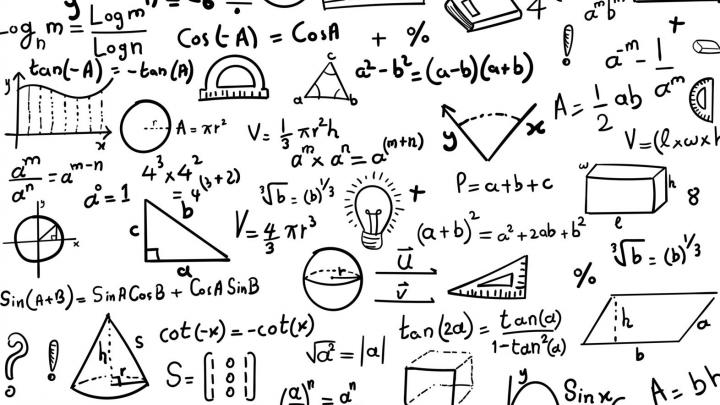The study of mathematics depends on the concentration of two opposing substances in the brain. In children, these substances have the opposite effect than in adults.
Glutamate and GABA are substances found in the brain, the first of which stimulate neurons to work, and the second slow them down.
Scientists from the University of Oxford demonstrated the effect of these compounds on the ability to understand mathematics.
It was already known that these neurotransmitters were involved in learning, but there was little knowledge of how they might affect the exploration of complex knowledge for many years.
The authors of the study, published in the journal PLoS Biology, measured concentrations of both compounds in 255 people in various age groups — from six-year-olds to students.
The volunteers also participated in tests to check their athletic potential.
Young men with higher GABA levels in the area known as the intracellular groove did better on the forced tasks.
But for glutamate, the relationship was the opposite.
In adults, the opposite was true for children – more GABA means lower abilities, and more glutamate – higher.
Participants took part in the tests twice every 1.5 years.
They found that levels of neurohormones in the first study predicted athletic achievement in the next study.
As the authors of the discovery emphasized, most of the research on GABA and glutamate has been done in rodents, which doesn’t say much about typical school science in humans.
On the other hand, the results obtained now strongly suggest the relationship between brain science and plasticity, especially in critical periods that may extend over many years.
“The discovery of interchangeable roles for GABA and glutamate in enhancing academic achievement suggests a general, as yet unknown, principle of resilience. In contrast to previous human and animal studies that focused on shorter developmental periods, our cross-sectional study suggests that a lasting link is likely. between brain plasticity and the stimulation and inhibition of brain activity,” says Dr. Roy Cohen Kadosh, study author.
“The results we obtained also have important implications for work on programs of interventions that support the brain, which we hope to study in the future” – the expert adds.
More information on the pages:
https://www.eurekalert.org/news-releases/740686
https://journals.plos.org/plosbiology/article?id=10.1371/journal.pbio.3001325 (PAP)
Author: Marek Mataks
mat / agt /







